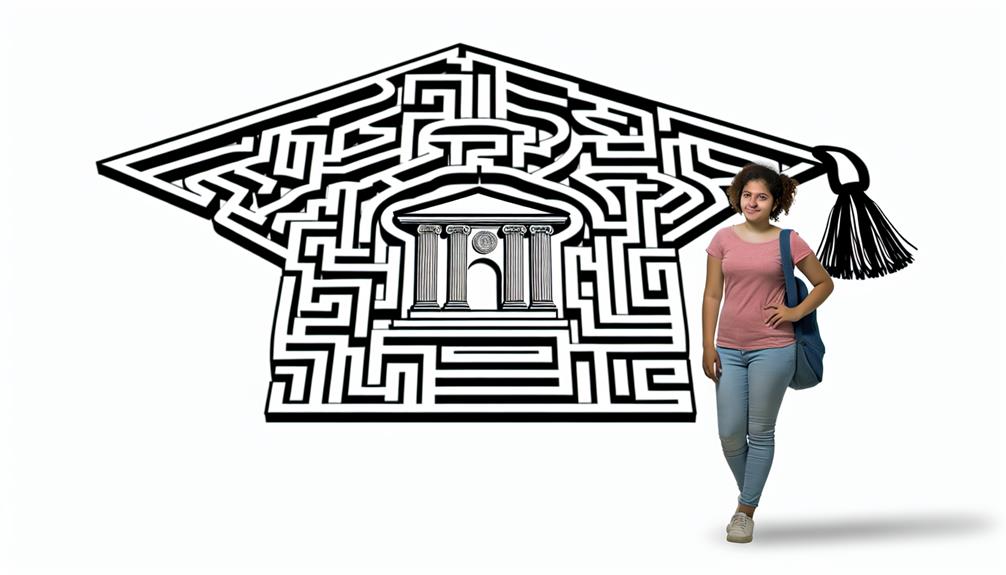As a student, we have plenty of responsibilities, starting with our studies and our grades, to the student loan and the monthly payment. It gets difficult to maintain all those things together. Finding a way to reduce payments and payoff student loans early can be life-saving for many struggling students.
Most lenders expect that students will not start to pay until a little while after they graduate, giving them the chance to get a job and start to earn money so that they can pay off their student debts. This period is known as the grace period which allows you to also finish school without paying.
Even though it might sound difficult to achieve, you can actually reduce your loan payments significantly by altering a few decisions. Keep reading to find out more on how to reduce your overall student loan payments.
1. Switch to Automatic Payments
The majority of lenders give students the option to switch their payments from manual to automatic. This offers the student a reduction on the student loan interest, the reduction rate is typically 0.25%. This also helps ensure your payments are paid every month on time.
This is the easiest way to reduce the overall costs and even make students stress-free during vacations such as safe spring break. Make sure to contact your loan servicer to check if the option to switch to auto-pay and receiving the discount had any restrictions
2. Make the Payments on Time
Make sure to make the student loan payments at the right time. You should also make payments while you are in school or during your grace period. At the very least, be sure to make payments to cover the accruing interest which capitalizes and adds to your total balance.
3. Consider Refinancing Your Student Loans
Refinancing student loans is a great way to reduce the overall cost of your loan. This is particularly a great option for students who have been making regular payments towards their mortgage, rent, paying student loan payments, credit cards, car payments, etc.
This is because students start building a good credit history from a young age which in turn allows them to refinance their student loans with lower interest rates, this eventually leads to them earning a reduced total cost of their loans.
Refinancing your student loans does not conflict with the auto-pay discount mentioned earlier. However, federal student loans have options and advantages that you might lose by refinancing them into a private student loan.
4. Use the Tax Refund
You can pay off your student loans a bit faster if you use your tax refund to pay your student loan. You might even be receiving the refund partially because you pay student loan interest, so you get a tax deduction in return. This will not cover the whole payment, but it will help reduce payments.
5. Claim Student Loan Interest Deduction
Lenders are allowed to deduct up to $2,500 in interest on private and federal student loans thanks to the student loan interest deduction.
This is an above-the-line deduction, which means that students can claim this deduction even if the lender did not itemize the deductions. This depends on the lender’s tax bracket, however, it should be the equivalent of reducing the interest rate by 25%.
6. Find the Right Loan for You
Every student’s financial situation is different from his peers. One thing that can be of great help to you is finding the correct student loan that fits your situation and your needs.
Unfortunately, there is no loan repayment plan that fits everyone. However, some colleges offer you the option to choose your own plan.
Therefore, ask if your college allows you to choose your student loan repayment plan before agreeing to their default plan.
7. Pay a little More Than Your Minimum Payment
Paying some extra money towards your student loan debts can reduce the amount of interest you pay as well as reduce the total cost of your loan in the long term. You can continue to make payments every month normally even if you have covered the upcoming payments.
This way, your loan will be paid off a lot faster. We recommend that you speak with your loan servicer and ask if the extra payments you make can be allocated to the high-interest loans first, this can also help make payments easier for you to make in the future.
8. Continue to Make Payments While You Are at School
Even though student loan forbearance or deferment is a great option for students who cannot make payments while going to school, it still adds to the total cost of their loan which makes the monthly payments a lot higher than when they first started paying.
This is because even if the payments are deferred, interest is still accruing every month and when it is left unpaid, it capitalizes and adds to the total cost of the loan. And before you know it, you are paying for way more than you first agreed on.
If you are wondering how much you should be making while you are still at school, well, making full payments is not easy because most students work part-time only and cannot afford these payments. However, making a payment of $25 a month can make a big difference in your total cost.
9. Choose the Short-Term Repayment Plan
Some colleges allow you to pick the repayment period while other colleges assign the loan term on their own.
If you have the option, try to customize the loan to be paid over a shorter time while fitting your financial needs. Of course, this means you will be paying more every month, however, it will save you money in the long run.
While it seems like a lot of work, doing all the above will noticeably reduce your total loan costs.
For instance, if you decided to switch to automatic payments instead of manual, made extra payments whenever you could, chose a shorter repayment plan, and refinanced your student loan, your new total will be a lot less than what you have anticipated, you might even find yourself saving thousands of dollars.








